Have you ever tried to update your graphics card in Windows 10? A question in the same spirit may come to your mind: “Why should I update my graphics card in Windows 10?” Graphics processing units (GPU) are like a power station for your computer, as well as a controller. You know, one of those places where you go to buy your graphics card is just like a market with lots of sellers offering different brands and benefits. But which of them will fit your needs perfectly?

The Windows 10 update brings a lot of changes to how your operating system works. Although normally, this new OS can automatically detect and reinstall any built-in driver that requires it, there may be times wherein you have to do it manually. When your computer suddenly fails to work like it used to, that may indicate the need for a manual update on important drivers like your graphics card.
Why is this important?
Updating your graphics card can ensure the best quality image on your screen. This doesn’t only mean clear images. It can as well increase your device’s performance and speed up your software’s running time.
How to Update a Driver?
Essentially, your graphics card is also your GPU driver, and every driver requires a regular update for it to work properly. Here’s how you do it.
- First, you head over to the Device Manager. You can do this in two ways: you can either search for the Device Manager in the search box, or you can open the dialog box by pressing Win + R, then typing in devmgmt.msc.
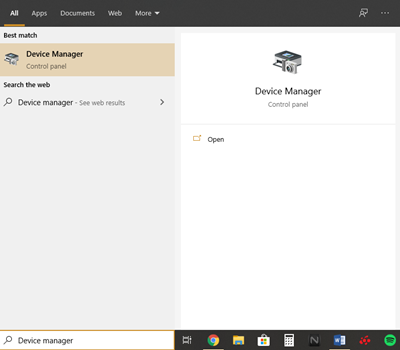
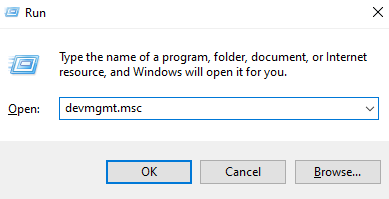
- When in the Device Manager window, click on the Display Adapters category. You can then click on the graphics card. If you are unsure which of the two is the GPU, you can look for terms like Intel, AMD, VGA, or NVIDIA.
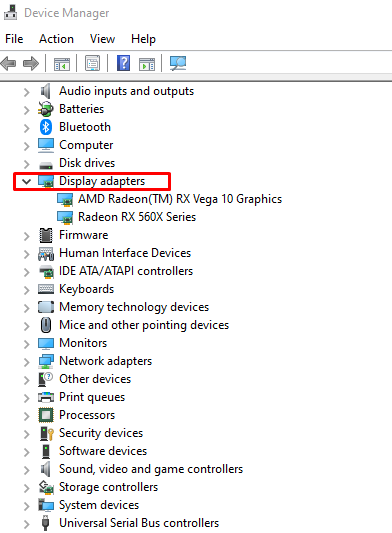
- Choose the entry for the graphics card by double-clicking on it. Once a dialog box appears, click on the Driver tab and go to the Update Driver button.
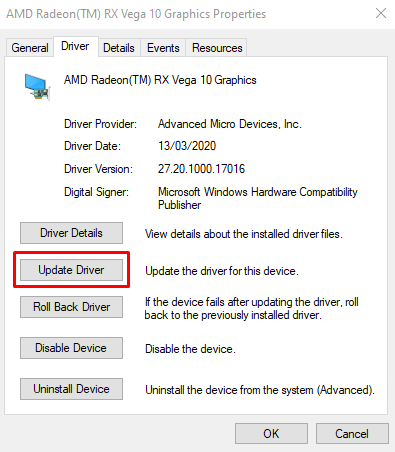
- Once you have clicked the button, select the option that allows you to automatically search for the updated software of the driver.
- If it so happens that your computer fails to find the updated driver software, don’t worry. You can always re-do the earlier steps and choose the other option, which will allow you to browse your computer for it instead.
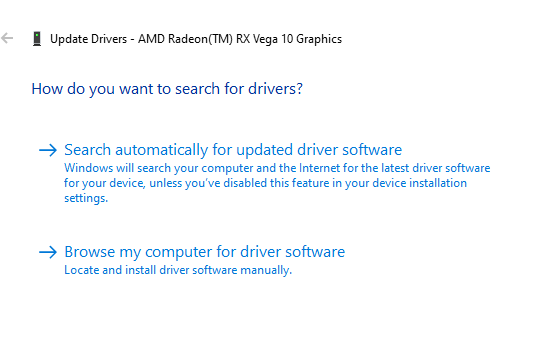
- After you pick this option, Windows will then prompt you to find the location. At this point, you should have downloaded the updated driver. If you have yet to do so, you can look for it online by searching for your graphics card with “update” as the keyword.
- If you’ve found and downloaded one already, you can start the installation. However, if it does not come with an installer, you can search for the .inf file in the Downloads directory. This time, click on the option that allows you to pick from the available list of drivers.
- Choose “Have Disk” then start browsing on the folder containing the file of the new and updated driver.
- Click on “next” to start the installation process. By the time that it’s done, you can be sure that your graphics driver is now up-to-date.
That is how you update your graphics card driver. Once you restart your PC, Windows 10 will automatically adjust the updates all on its own. That being said, we hope this article can be of help to you.
Summary: How to update your graphics card in Windows 10?
- Click on the Start button, then type Device Manager. The results will show up at the top, as shown below. Click on Device Manager.
- In the window that opens, scroll down to Display adapters, and double-click it to expand the list of adapters.
- Right-click on the graphic device and select Update Driver Software…
- Select Search automatically for updated driver software and let your PC search for the best graphic driver and install it in a couple of minutes (you may need to restart your PC once done).
- If you have a Windows 8 or 10 tablet without a keyboard dock, you’ve probably been searching in vain for drivers that allow you to connect an external display to it as an extended or mirrored display. The bad news is that Windows 8 doesn’t support MHL out of the box, though hopefully that will change with Window 8.1 (now known as Threshold), which the company is releasing later this year.